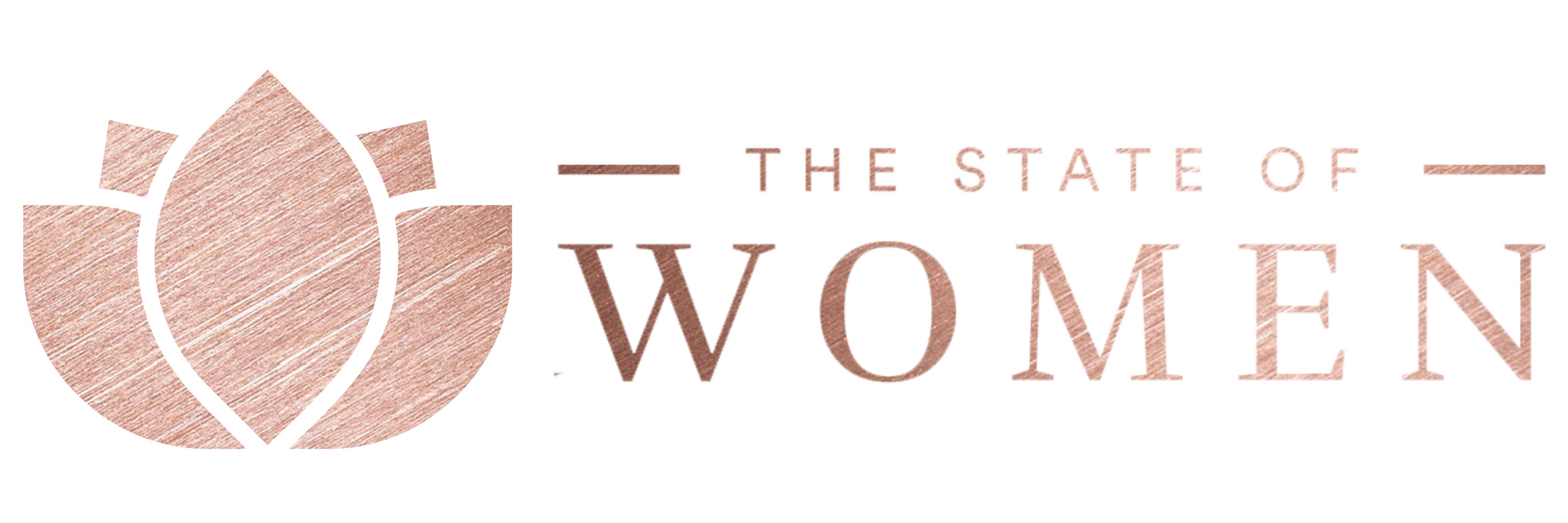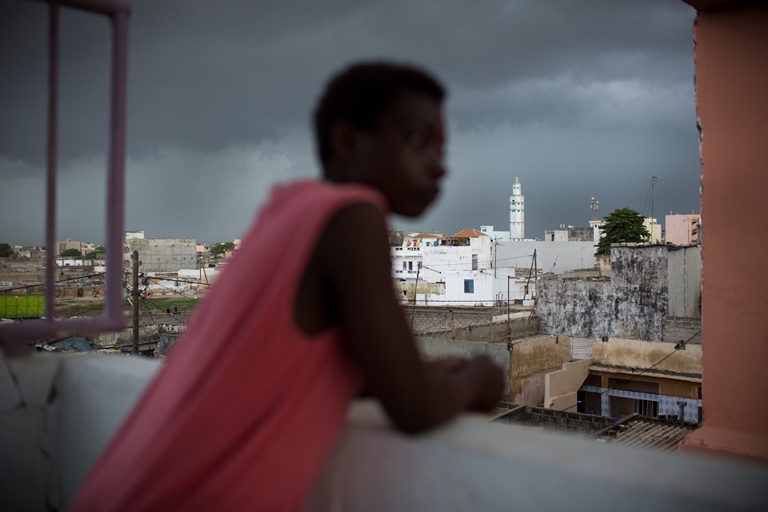This article originally appeared on the Women & Girls Hub of News Deeply, and you can find the original here. For important news about issues that affect women and girls in the developing world, you can sign up to the Women & Girls Hub email list.
By Flora Bagenal
On International Day of the Girl, Save the Children has released a report detailing the five worst parts of the world to be young and female. Carolyn Miles, CEO of the organization, reveals their plans to ensure a brighter future for young girls in the developing world.
One girl under the age of 15 is married every seven seconds, according to a report published today by Save the Children. Based on indicators such as rates of child marriage, teen pregnancy and the likelihood of dropping out of school, the report also outlines the best and worst places in the world to be a girl. Niger sits at the bottom of the list, closely followed by Chad, Central African Republic, Mali and Somalia. The best place in the world to be a girl? Sweden.
The study, released to coincide with the International Day of the Girl, takes a closer look at the impact of early marriage and early pregnancy on the outcomes of girls’ lives, and calls on the international community to do more to ensure girls in developing countries have the chance to enjoy a childhood.
While the findings of the report once again highlight slow progress on girls’ rights globally, Carolyn Miles, president and CEO of Save the Children, says there is still reason to be optimistic. Real change, she says, is happening in areas where it once seemed impossible. Women & Girls Hub spoke to Miles about setting tough targets for tackling these issues over the next 15 years.
Women & Girls Hub: What has changed for girls’ rights since you started working in this field?
Carolyn Miles: I’ve been working on these issues for a really long time and I think the good thing is that you do see real progress in some countries in terms of the equity for girls. I’ll give you an example. I was in Mali about 18 months ago and I visited a school there. First of all, they had a headmistress not a headmaster, which is fantastic because these girls really need role models. Then when I asked her who the stars of the school were, she said we could go and meet them, and they were three girls. Ten years ago, that would not have been the case in the sixth grade. We would be lucky if there were girls in the sixth grade let alone the star students. So you do see progress and you do see change, but the disparities are still really great, which is what this report is all about.
Women & Girls Hub: What do you find most frustrating about the lack of progress for young girls?
Miles: I guess what’s disappointing is that a lot of it is not about policy. I was just in Bangladesh. Bangladesh has a policy that no girls get married under the age of 18, and yet a third of girls get married before they are 18. So obviously this isn’t about policies.
A lot of the time it is about changing behavior and it’s about convincing families to value girls as highly as they value boys. That’s why one of the things we looked at in this study is women in the highest level of government. Women in those position are more likely to change policy, but they are also role models, so families see women can be leaders, and that starts to change the way people value girls.
We’re not just trying to name and shame countries for this report – we show the report to the countries in the worst position in advance of publishing it. But what we want is to work with these countries to change the situation.
Women & Girls Hub: What can Save the Children and other international organizations do to improve things for the girls featured in this report?
Miles: We have set our sights really high for children by 2030. We want no child under five to die of preventable disease. Every child should be in school and get a basic education, and we want to change the way the world thinks about violence against children. If you look at those goals, the only way we are going to get there is if we look at the children who are worst off in all those places. The children who are worst off in health, in education and in protection. Girls are at the end of the line on most of those issues.
Women & Girls Hub: Do you think global attitudes toward girls are changing?
Miles: I do. I think a big turning point, if you look at the SDGs (Sustainable Development Goals), the issue of equity is a huge part of it, specifically about gender. Not only is there a specific goal about gender, but in all those 17 goals there is a huge amount of work around equity and a big recognition that, if we don’t get a gender equity shift, we will never reach any of those goals.
Women & Girls Hub: Can it get depressing when you find yourself facing such hugely ambitious targets?
Miles: I think the only way you can approach this job is looking at the glass as if it is half full. If you look at child survival, to me that is one of the most exciting pieces of progress we have made. In 1990, you had 12 million kids who died of preventable diseases and now you have under 6 million. That’s 25 years; that’s in our lifetime.
So why not be ambitious and say, if we can do that in 25 years then we can save the last 6 million in 15 years? We know exactly where those kids live, we know what they are dying of. It’s not about not knowing; it is about changing behavior. [Changing attitudes toward girls] is really hard because it is getting to the core of people’s beliefs and changing the way people think. It’s not easy to do and it will take some time, but things are changing and we have to hold on to that.
The names of the girls in the photos have been changed to protect their identities.
This conversation has been edited for length and clarity.



